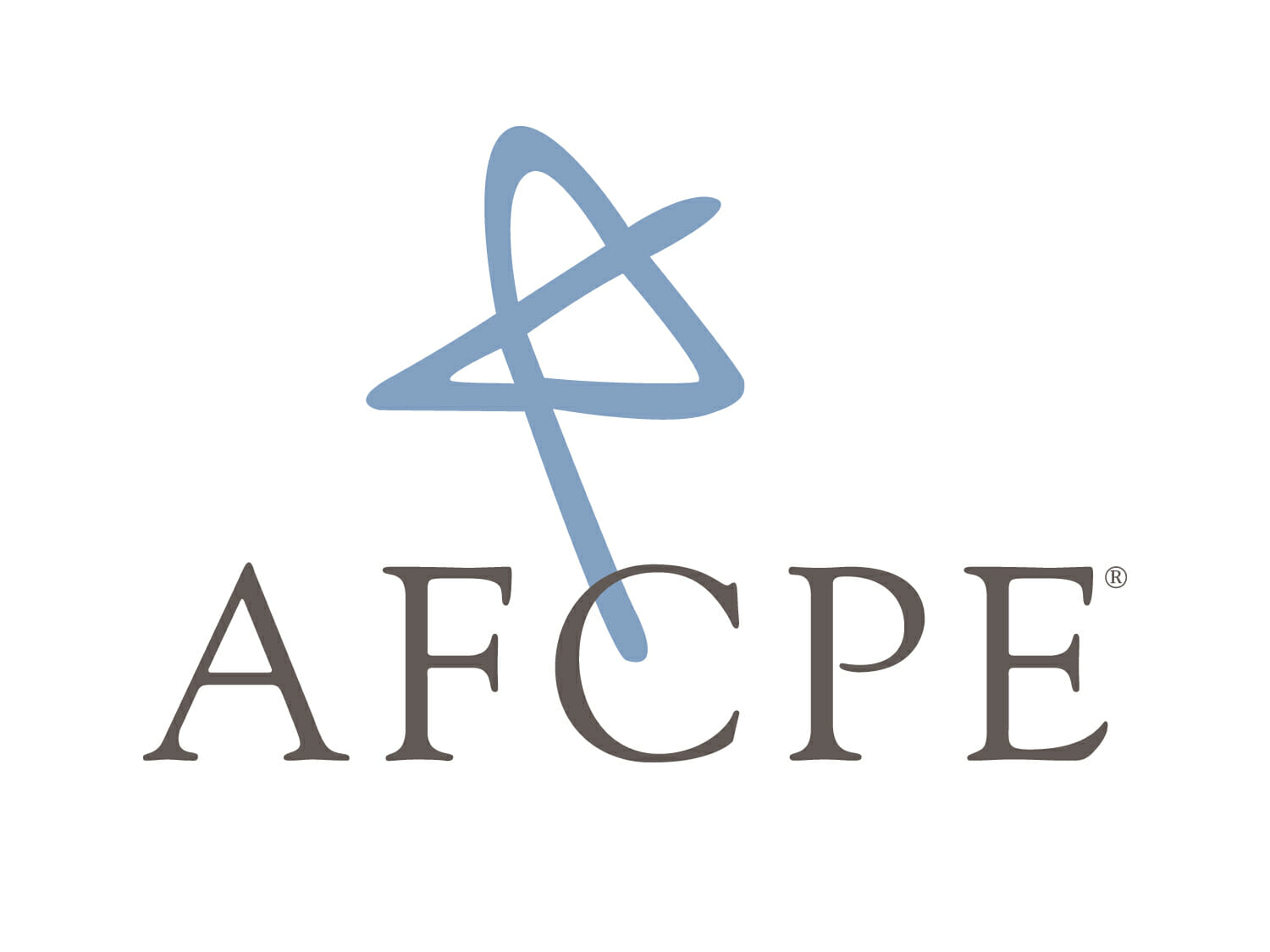Financial fitness. Financial health.
These terms are widespread in personal finance conversation, publication and even in financial practice promotion. As consumers, we understand the terms health and fitness. We know that eating well and exercising are important steps to physical well-being, just as we know that effective spending and saving plans are essential to financial prosperity.
However, knowledge is sometimes not enough. How do we internally motivate to turn this “knowledge” into practice? It requires education, understanding, and internal motivation – and it is not one-size-fits-all.
A 2015 research study, Health Information Search and Retirement Planning (Carr, Sages, Fernatt, Nabeshima, Grable), published in the Journal of Financial Counseling & Planning, found that individuals who engage in health information search behaviors, such as reading the contents and nutrition details of food labels, are more likely to engage in financial planning activities.
Although, in this study, regular physical activity and healthy eating were not found to be associated with retirement planning, individuals who were on a weight loss program were identified as being more likely to use a similar approach when preparing for retirement.
The study looked at both physical and cognitive health activities and their alignment with intrinsic motivation, or motivation that comes from the individual rather than from any external or outside rewards, and determined that people who were intrinsically motivated were more likely to take steps toward financial preparedness.
Practical Implications
The findings support what financial researcher and educator, Barbara O’Neill, CFP®, AFC® found in her 2009 research, that “cognitive interventions, rather than physical intermediation,” are more likely to increase both health and financial literacy. The research suggests:
(a) personalizing education content that promotes more information search behavior
(b) avoiding technical jargon to help explain technical health and wealth issues
(c) providing realistic action steps
(d) providing a mechanism to share success stories, including the use of social networks.
Transferring Strategies
With the research correlations between health and wealth, researchers suggest that policymakers or the marketplace begin to use these rationales to design programs that make and/or promote a health-wealth connection. It also raises the question and possibility in the vast potential of exploring and transferring strategies that have been successful in health planning to wealth planning. One example, quoted from Health Information Search and Retirement Planning, references a separate 2008 research study:
“Research has shown that simply moving nutrition labeling from the back of a product to the front allows individuals to make quicker informed decisions in their shopping. A similar strategy has potential for application in helping consumers in the domain of financial planning and retirement planning. For example, financial strategies that communicate recommendations in a brief and straightforward manner up front may be more effective in appealing to an individual’s cognitive processes. Furthermore, similar to health and nutrition labeling, the design of recommended standardized financial guidelines may prove helpful in assisting people to make proper financial decisions to incorporate within their own plan.”
Putting it into Practice
How have you seen this health-wealth connection with your clients?
What are some other strategies that financial counselors can use to provide more straightforward guidance, without using a prescriptive, one-size-fits-all approach?
How can technology play a role in providing solutions?

Leave a Reply